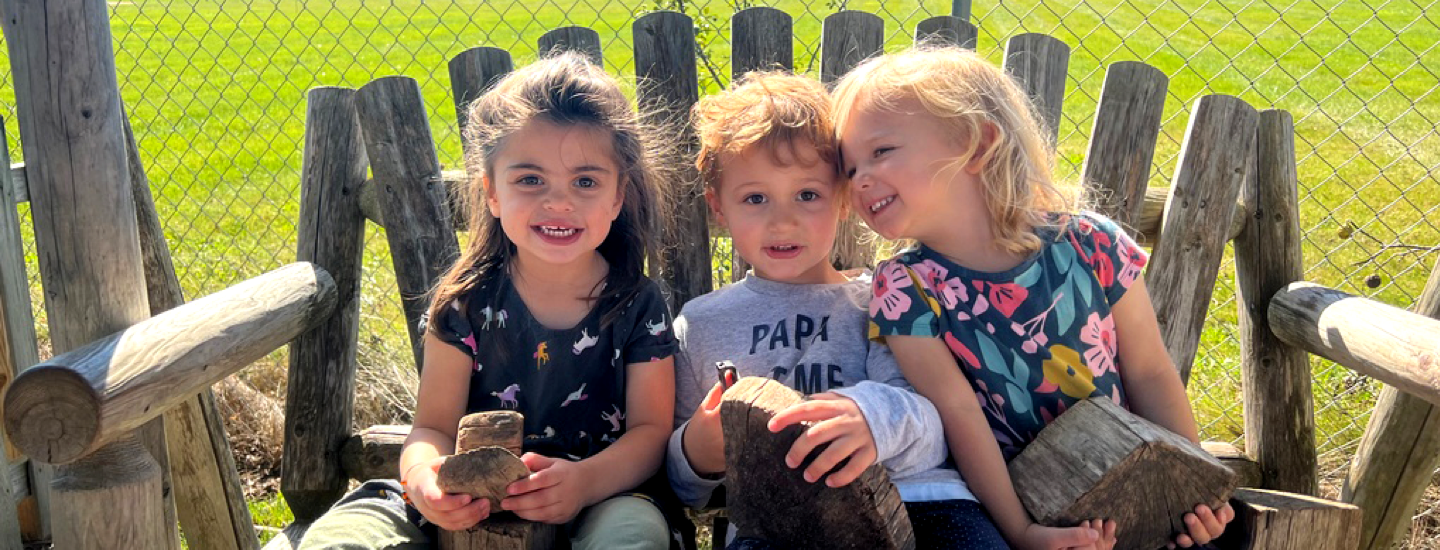Curriculum

HighScope Curriculum Approach
Gretchen’s House has been a partner of the HighScope Educational Research Foundation since 2007. The HighScope curriculum approach is based on research which shows that children learn best by doing.
This philosophy encompasses five areas:

Environments
To create a predictable and active learning environment, teachers arrange and equip the classroom with diverse, open-ended materials that reflect children’s home, culture, and language. The room is organized and labeled to promote independence and encourage children to carry out their intentions.

Active Learning
Play-based, child-centered, and grounded in research, the HighScope Curriculum features active learning at its core. In a HighScope classroom, children are guided to explore, interact, and exercise their creative imagination in purposeful play. Well-prepared teachers support and extend each child’s learning based on their developmental levels, so children enter school ready and eager to learn. Active learning provides children with plentiful materials, opportunities to manipulate these materials in ways that are meaningful to them, have choices about what and how to play, time to think and talk about what they are doing and supportive adults to help them carry out their intentions.

Adult Child Interactions
Teachers act as partners, working alongside children and communicating with them both verbally and nonverbally to encourage learning. Key strategies for adult-child interactions are sharing control with children, communicating as a partner with children, scaffolding children’s play, using encouragement instead of praise, and taking a problem-solving approach to supporting children in resolving conflicts.

Daily Routines
A consistent framework for the day provides a balanced variety of experiences and learning opportunities. Children engage in both individual and social play, participate in small- and large-group activities, assist with cleanup, socialize during meals, develop self-care skills, and exercise their small and large muscles. The most important segment of the daily routine is the plan-do-review sequence, in which children make decisions about what they will do, carry out their ideas, and reflect upon their activities with adults and other children. These higher-level thinking skills are linked to the development of executive functions, which are needed to be successful in school and life.

Child Observation and Assessment
Ongoing child assessment is also an underlying component of the HighScope Curriculum. Objective anecdotal observations of children collected throughout children’s natural play allow teachers to assess child progress and plan meaningful learning experiences. These observations are shared each week with families through the COR Advantage Kaymbu App.